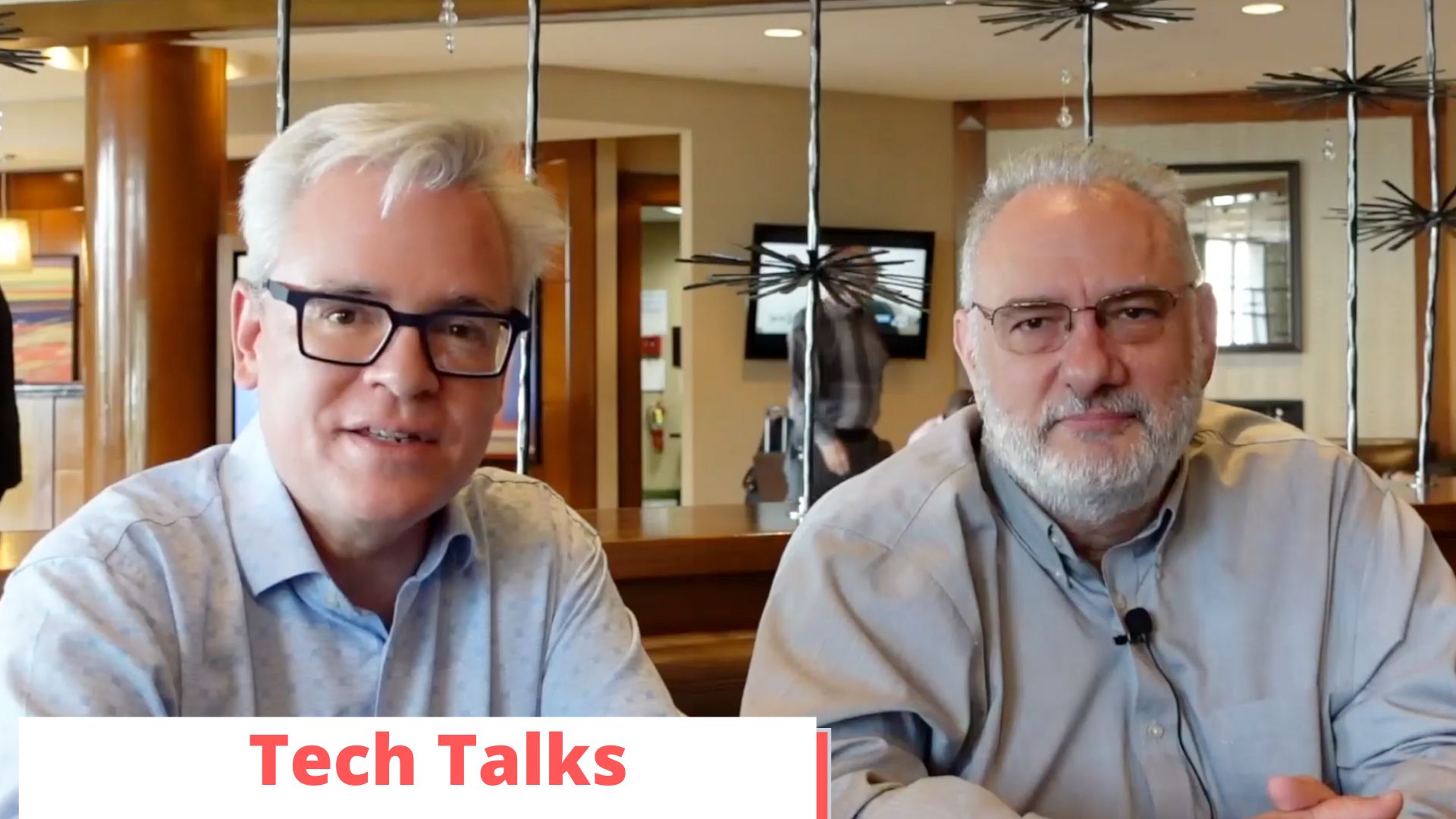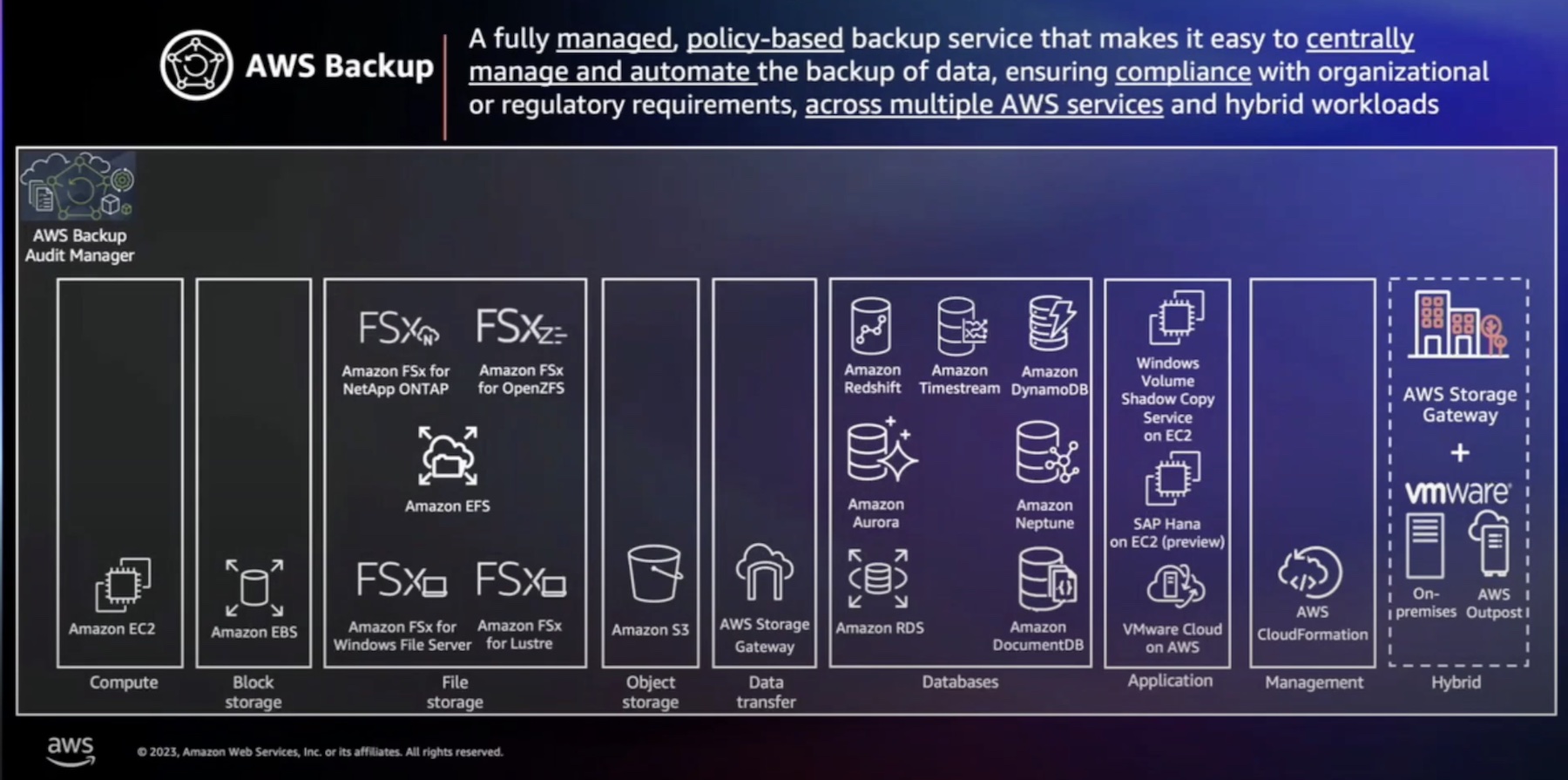It has to be the most common question for those implementing a new virtual infrastructure (VI) – “how do we back up our virtual machines?” There are certainly plenty of choices. A company could stay with the (most commonly found in physical environments) system of agent based tape backups, implement VMware Consolidated Backup (VCB), implement a third party disk to disk product, or rely on SAN array snapshots. Most likely they will end up with a hybrid solution involving many of these choices. There is not an easy and consistent answer. It’s a company by company decision.
Luckily several posts have recently been published on TechTarget.com sites SearchDataBackup and SearchVMware that tackle the topic of comparing the software based VMware VM backup alternatives and offer a lot of information for those evaluating the choices. I thought I would summarize these links since they have caught my attention over the last several weeks. Finally I link to a post about the unique advantages of SAN array backups for a hardware based backup comparison.
Readers should be aware that VMware’s Data Recovery (vDR) product has been updated since the posts linked in this summary were written. Although there are some new features introduced, the implementation requirements have not changed and therefore the content of these posts remain relevant.
Although I’ve covered what VI admins need to know about VCB in the past, I am not covering the product in this post. Check some of my other VCB posts for more information.
Software backup products
A review of VMware disk-to-disk backup apps: Veeam, Vizioncore, PHD Virtual and VDR
Eric Siebert has provided the most recent post, but it’s a great one to start with. Siebert gives a great overview of the 4 major options in the disk to disk / software category: Veeam Backup, Vizioncore vRanger, PHD’s esXpress, and then VMware’s own Data Recovery plugin. Read the entire post, but I’m providing a copy of his summary of features table.
I noticed the table has an N/A in the esXpress column for the “Requires Service Console Agents” row. As recently as VMworld 2009, the esXpress product did require a lightweight agent running in the Service Console for management purposes as I reported in one of my VMworld Booth Talk posts. Maybe this has now changed for the 3.6.7 version covered in Siebert’s post.
Gabrie van Zanten actually set up a test environment and gives a hands on report of all of the same products before Siebert covered them in his overview post. Read each of the following links to get a test run of using each solution without having to do it yourself!
- Veeam Backup and Replication 3.1
- Vizioncore vRanger Pro 4 Data Protection Platform
- PHD Virtual Technologies’ esXpress 3.6 VMware Backup
- VMware Data Recovery 1.0
van Zanten’s Veeam post has been updated with a column about Veeam’s subsequent release of version 4.
van Zanten’s series of posts also includes response posts from the vendors after each product review. These response posts offer both additional information as well as vendor development roadmap and direction. Be sure to read those as well. You’ll see the links at the end of each post.
Hardware Backups
Array-based backup advantages in a VMware virtual infrastructure
Steve Kaplan starts off by mentioning Siebert’s summary, but his post adroitly makes a VI design point that admins who implement software (or disk to disk) back up solutions need to consider.
“The primary challenge faced by software backup solutions is their inability to offload impact from hosts, a capability that becomes imperative as VM consolidation ratios increase. Applications relying on host CPU cycles and disk IO to facilitate backup compete for those shared resources with the production workload.”
Kaplan’s points are valid. He specifically mentions NetApp’s SMVI as an example of a backup solution that doesn’t impact the ESX hosts and adds additional application level capabilities that the software options don’t have. Sticking with the NetApp Management Products example, the added application intelligence provides integration:
- with vCenter in the SMVI product to ensure quiesced VM backups.
- with Exchange in the SM for Exchange product to allow information store backups and mailbox restores
- with SQL and Oracle with their respective SM products to allow database backup and restore
I’m most familiar with NetApp. Please feel free to comment with other storage vendor hardware backup solutions that also provide similar advantages over the software based VM backup options.
I’ll point out that all of the software backup products can leverage Microsoft VSS for application consistency during backups, but cannot provide similar application specific backups. I’ll also mention that neither hardware nor software VM backup products can create a Microsoft System State backup – a point I feel any server admin should be aware of.
As I mentioned earlier, the VM backup solution is not an easy or consistent choice from company to company. Factors such as budget, admin skill set, service level agreements, recovery point objective, and other business objectives can all influence the final design decisions. Often a migration to virtual infrastructure forces a company to consider tiering their servers and then deciding on which form of VM backup makes the most sense for each tier of VMs.




